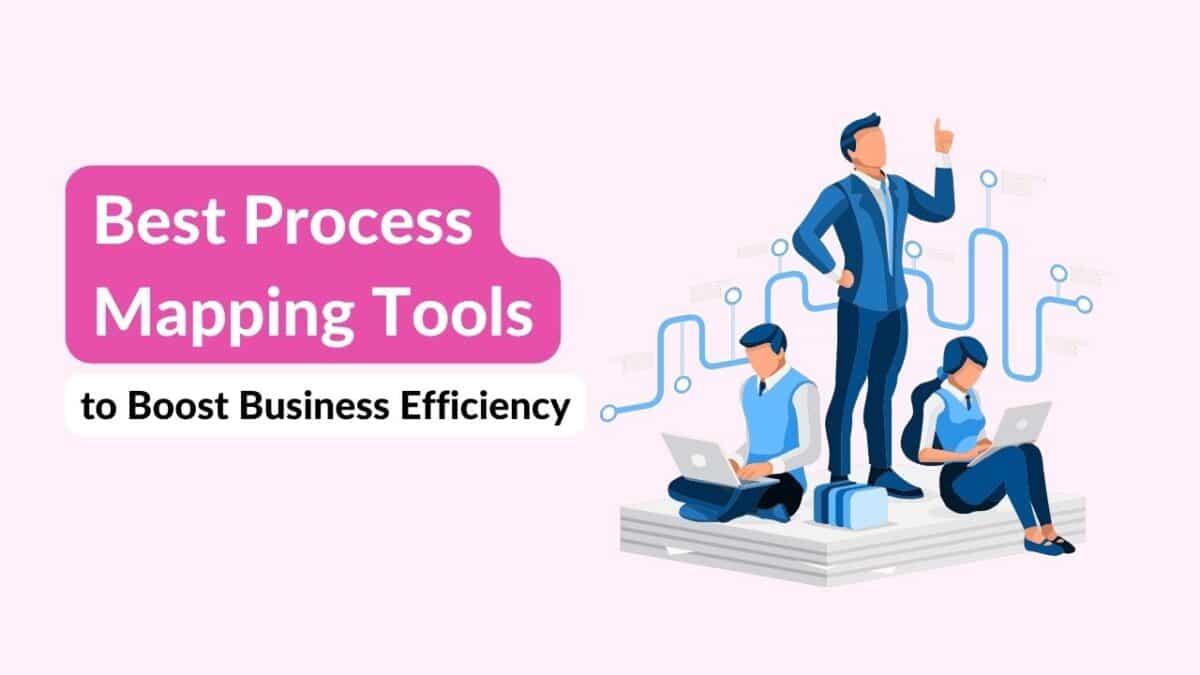Giving feedback is easy if you are one of those people who have no problem talking and can navigate their way around people with great ease. But for the rest of us, who are afraid of giving feedback, especially the negative kind, it is not so easy.
This article is part of a series of article on feedback. Our earlier article was based on how to deal with negative feedback in the workplace.
This article will help you learn how to give negative feedback in the workplace.
Be Polite
Always be polite and respectful and recognize that there is a person on the other end, receiving the feedback. Even when feedback is negative, it does not mean you need to be rude or curt. How you give negative feedback to people says a great deal about you as a person.
Be Specific and Precise
Vague feedback is terrible, especially when it is of the negative kind. Whatever feedback you have to give, make sure the person receiving the feedback knows exactly what you are talking about.
Be Impersonal
Your feedback should be impersonal and not a personal judgment on somebody. On the other hand, you need to keep in mind the person’s personality when giving them feedback. Some people can handle blunt feedback. Others cannot.
Make It A Habit
In order for feedback to be useful, it needs to become a habit. Once you make a habit of it, you’ll instinctively know how to phrase feedback.
The SBI Model
The SBI model is a handy acronym to keep in mind when giving feedback. Your feedback needs to consist of Situation, Behavior and Impact so that it is easily understandable to the person receiving it and also helps you construct the feedback better. Situation explains a situation the person was in, Behavior focuses on how the person behaved during that situation and Impact focuses on how their behavior affected that situation.
Offer A Solution
When your feedback is negative and points out a problem, you need to offer a solution or a suggestion that can help solve the problem. Saying something negative is relatively easy and a lot of us can do that. It is offering a solution that really works which makes all the difference.
Nobody Is Exempt
Nobody is exempt from feedback in an organization. Not even managers, leaders, CEO’s. It is not a one way street, where feedback flows from the top to the bottom. Employee should not be the only one to receive feedback. They should also have the freedom to offer feedback to others, especially to their managers and leaders.
Engagedly’s Feedback tool, makes giving and receiving feedback a very easy process. To see how it works, request a demo today!
Request A Demo
Kylee Stone
Kylee Stone supports the professional services team as a CX intern and psychology SME. She leverages her innate creativity with extensive background in psychology to support client experience and organizational functions. Kylee is completing her master’s degree in Industrial-Organizational psychology at the University of Missouri Science and Technology emphasizing in Applied workplace psychology and Statistical Methods.





